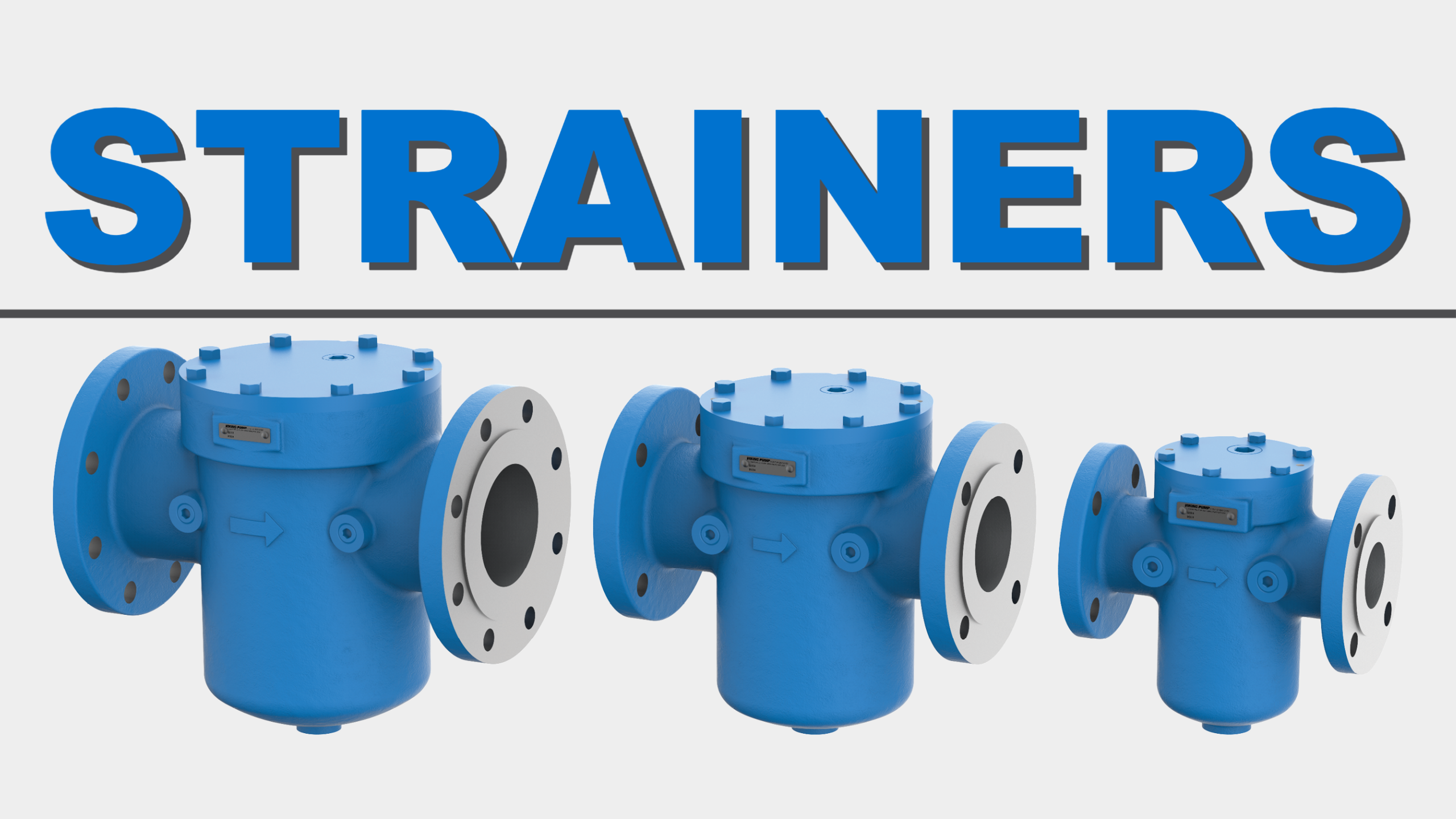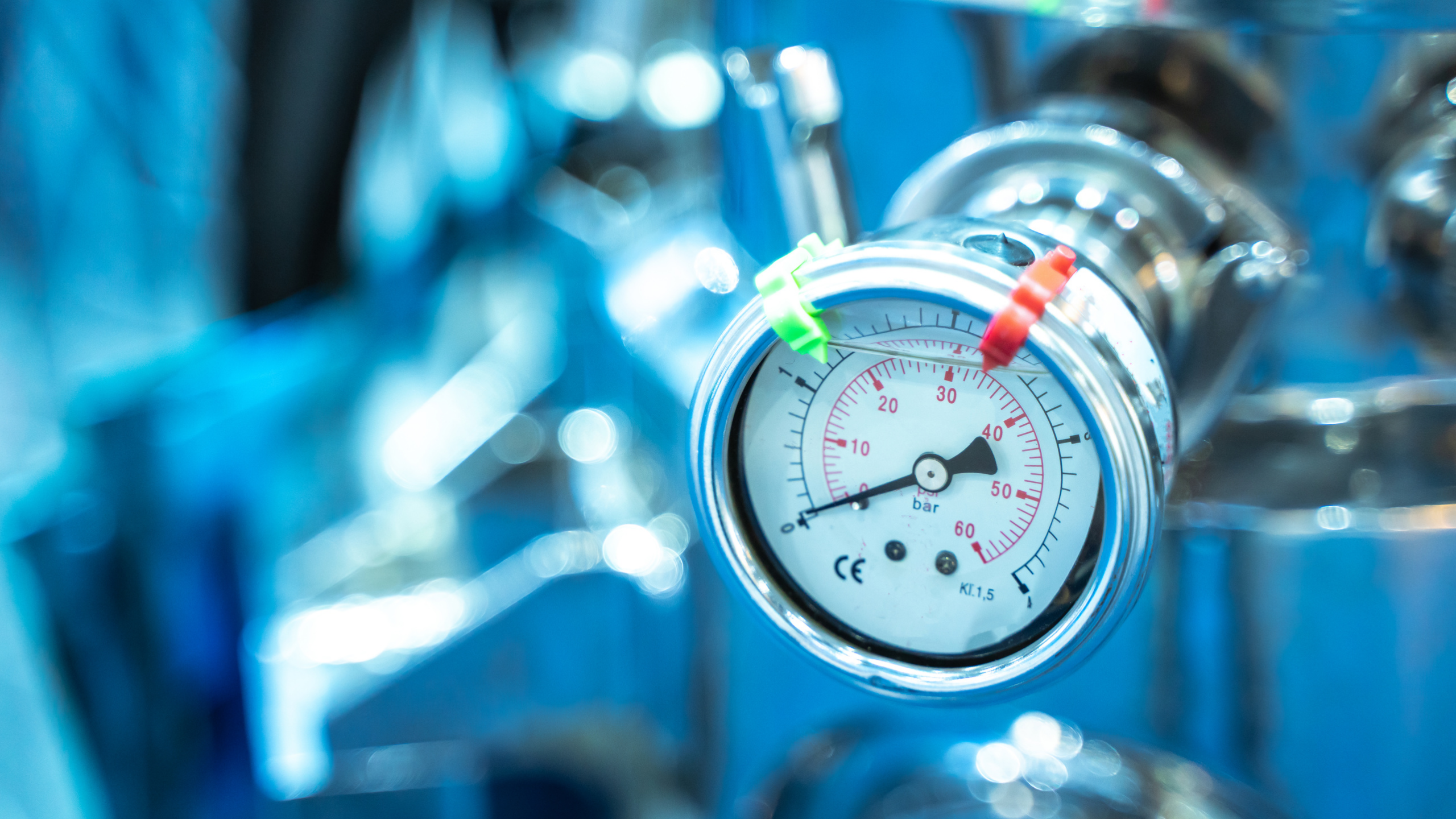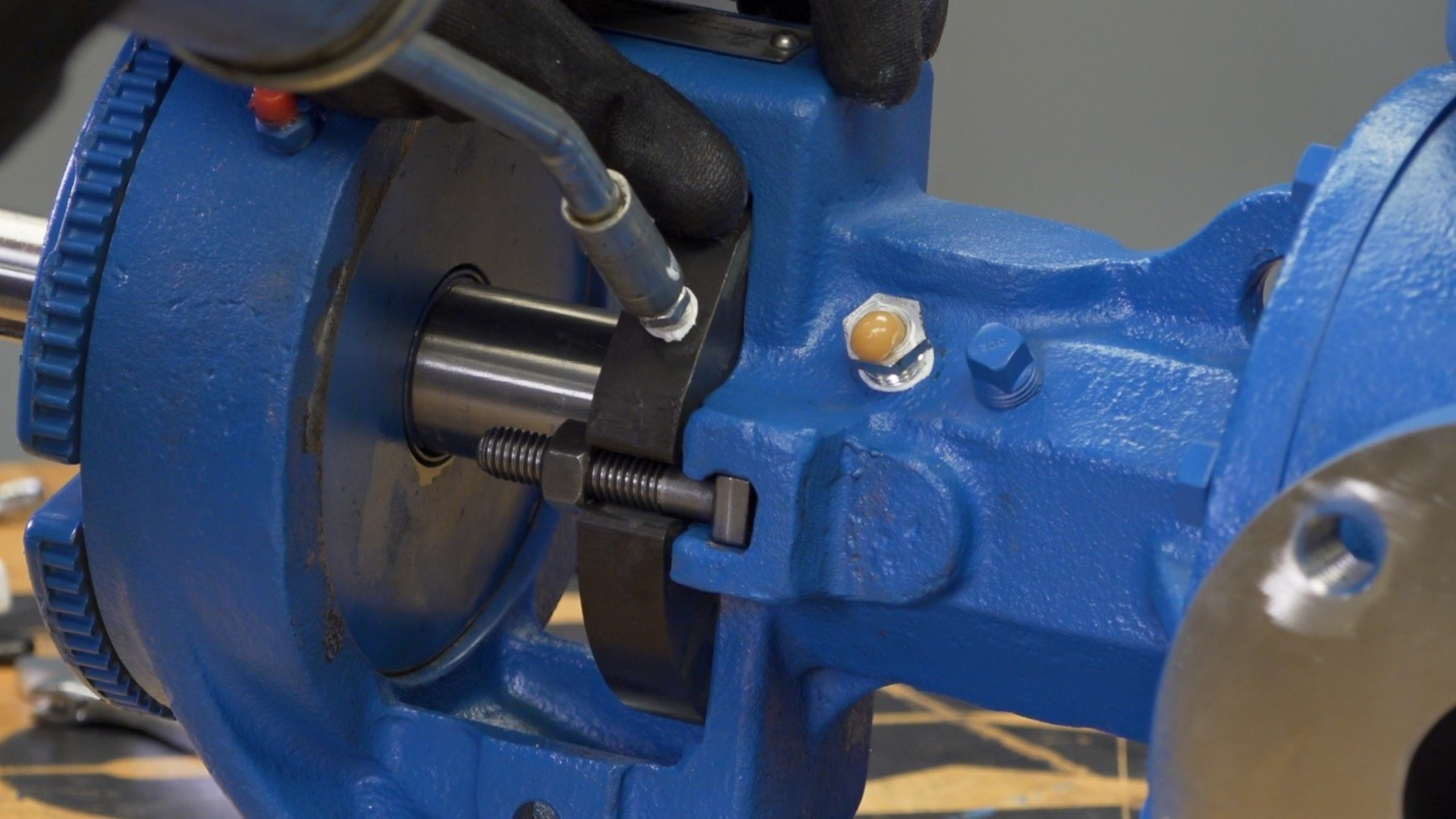Detergent Pumping Solutions
Detergents are a blend of liquid surfactants with other powdered materials - meant to improve cleaning performance. These blends are referred to as detergent slurry. Technical elements aside, detergents can be used for many things - like cleaning laundry and dishes, removing carpet stains, stabilizing fuels, and more. The 4127C Series™ are 316 stainless steel pumps with cartridge lipseal options. They have capacities up to 320 gallons per minute. The stainless steel 1127C Series™ come with Viking Pump's own O-Pro® Guard seal which virtually eliminates leakage and is resistant to abrasives.


